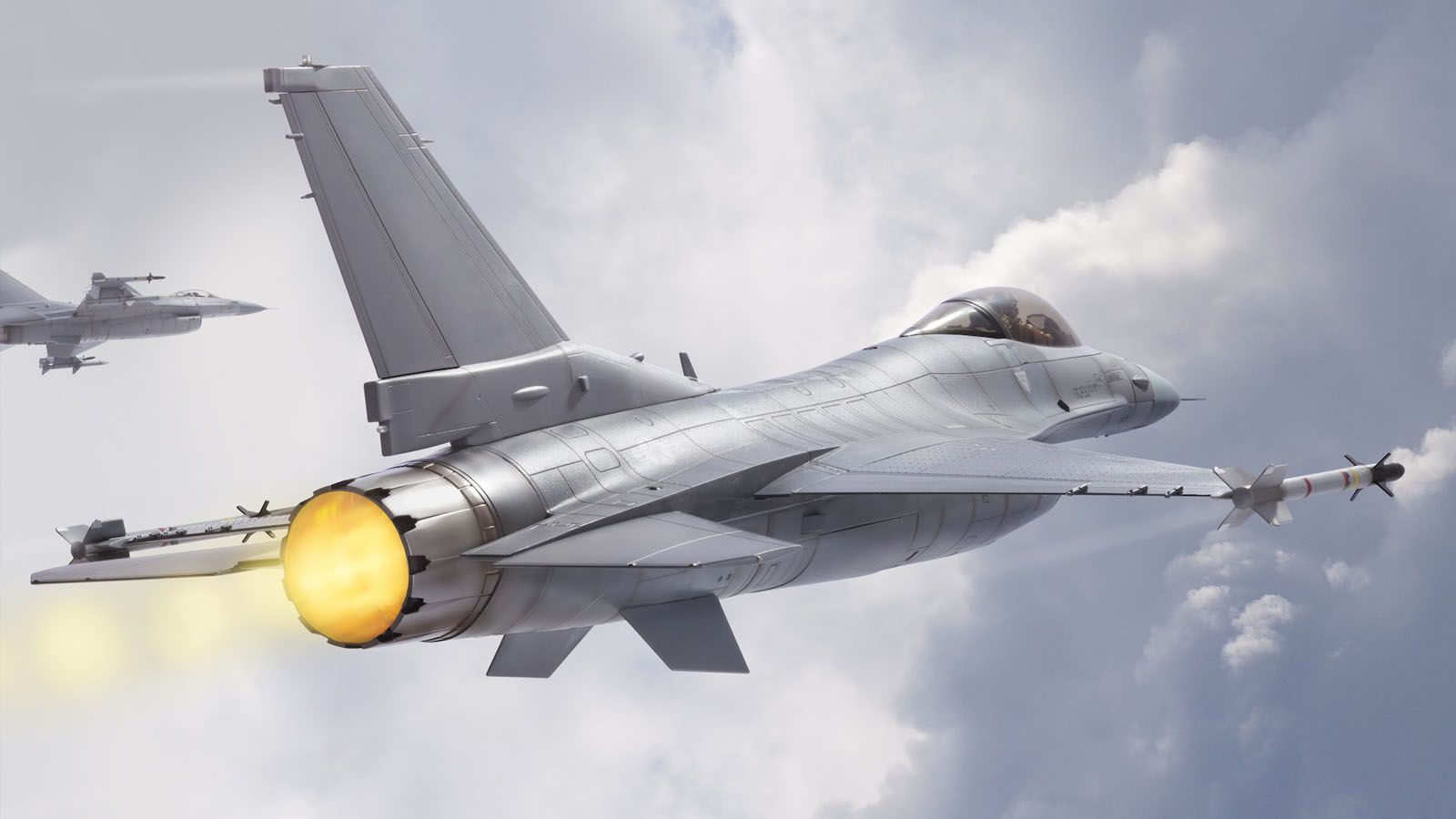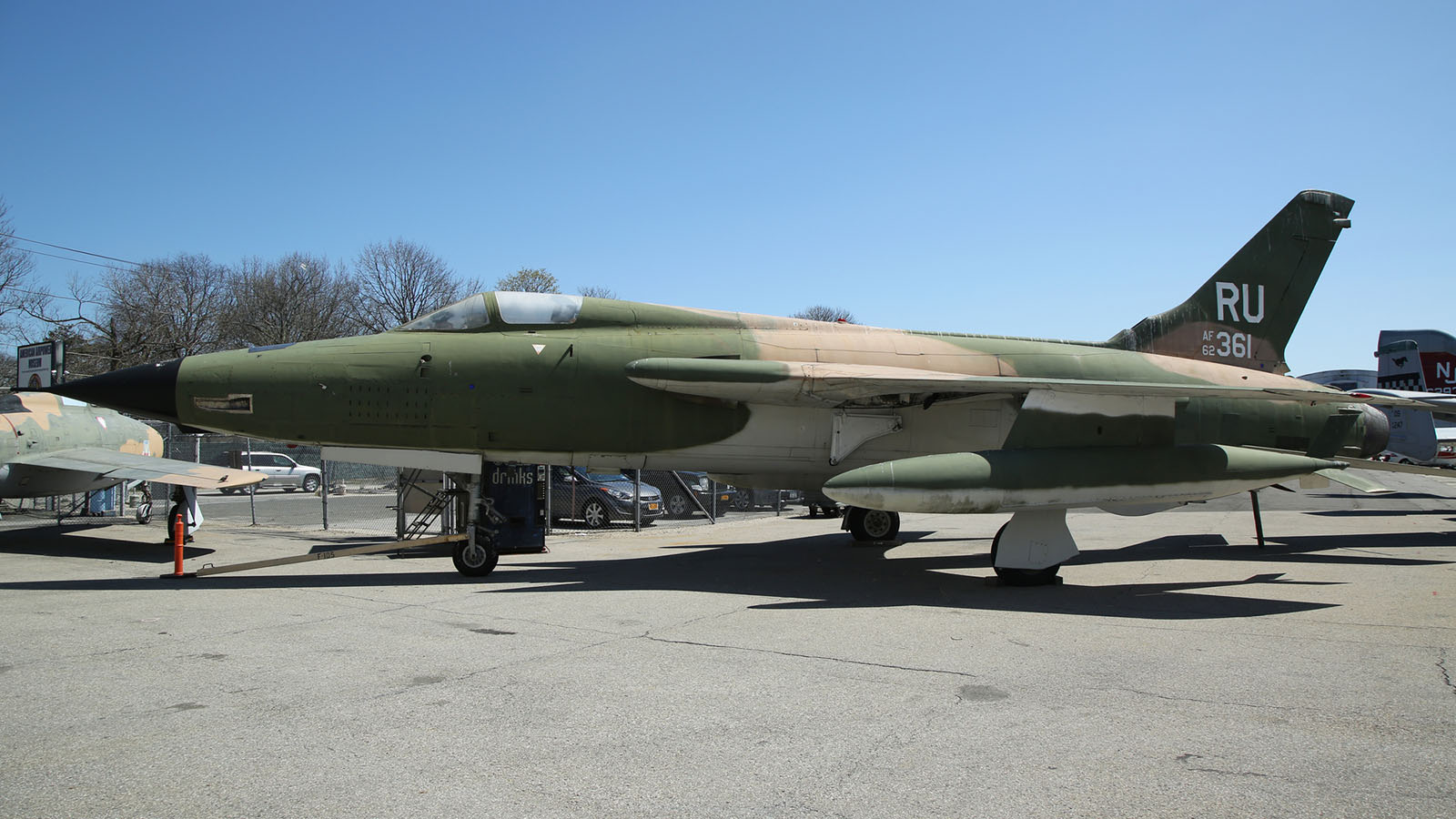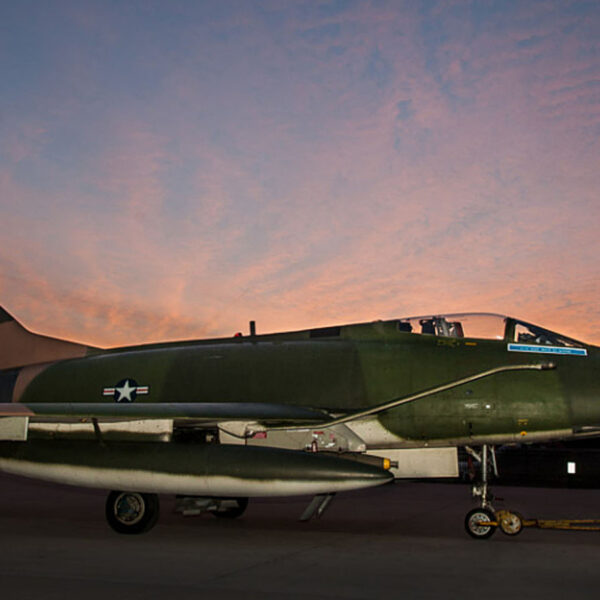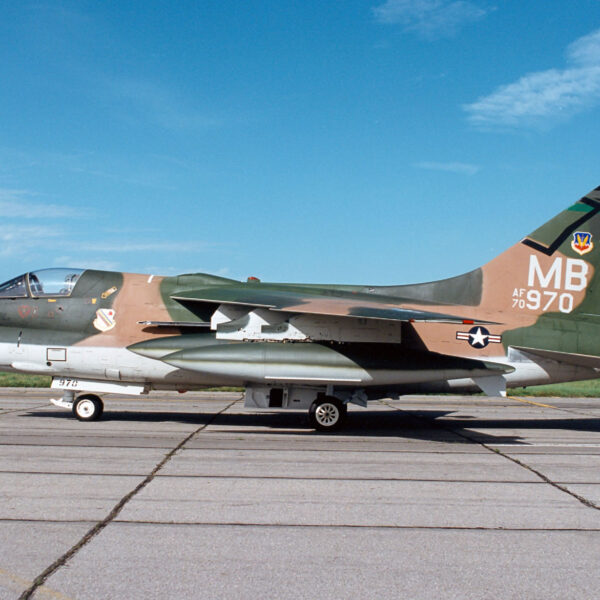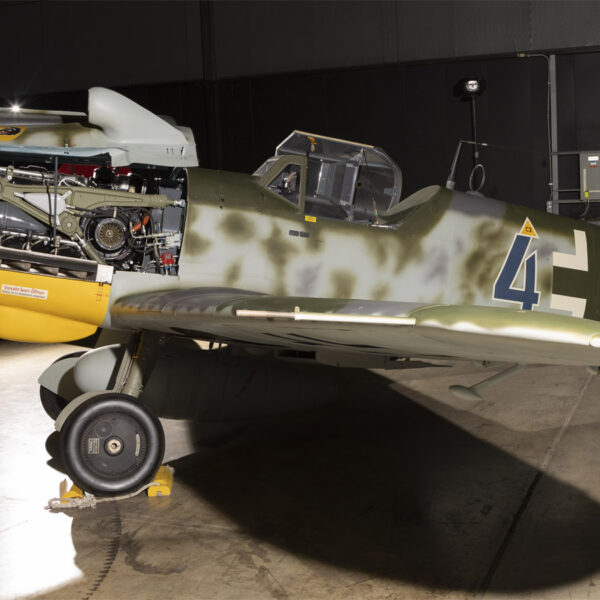F-101 Voodoo
The F-101 Voodoo, a powerful and versatile aircraft, was crucial in reconnaissance missions. Its development and design pushed the boundaries of aviation technology, resulting in outstanding performance and specifications.
Throughout its operational history, the Voodoo established itself as a formidable force in the skies. This article explores the enduring legacy and impact of the F-101 Voodoo, shedding light on its pivotal role in shaping the future of aerial reconnaissance.
Development and Design of the F-101 Voodoo
The development and design of the F-101 Voodoo are being discussed. The F-101 Voodoo was a supersonic jet fighter aircraft developed and designed by McDonnell Aircraft Corporation in the late 1950s. It was primarily intended as a long-range bomber escort for the United States Air Force (USAF).
The development of the F-101 Voodoo involved extensive research and testing to ensure its effectiveness in combat situations. The design of the aircraft featured a distinctive ‘double delta’ wing configuration, which provided excellent high-speed performance and maneuverability.
Additionally, the F-101 Voodoo was equipped with powerful engines that allowed it to reach speeds of over Mach 1. The development and design of the F-101 Voodoo also incorporated advanced avionics and weapon systems, including radar-guided missiles and a rotary internal weapons bay. These features further enhanced the aircraft’s capabilities in air-to-air and air-to-ground missions.
Overall, the development and design of the F-101 Voodoo played a crucial role in its success as a versatile and reliable fighter aircraft.

Performance and Specifications of the F-101 Voodoo
The F-101 Voodoo’s performance and specifications, including its top speed and payload capacity, are crucial factors determining its effectiveness in combat situations. With a top speed of over Mach 1.7, the Voodoo is one of the fastest aircraft of its time, allowing it to intercept and engage enemy targets quickly. Its payload capacity of up to 15,000 pounds enables it to carry a wide range of weapons, including air-to-air missiles, bombs, and rockets. This gives it versatility in different mission scenarios.
Regarding performance, the Voodoo’s agility and maneuverability are notable attributes. Its delta wing design and powerful engines provide excellent low-speed handling and high-speed stability. This allows the aircraft to engage in both air-to-air and air-to-ground combat effectively. Additionally, the Voodoo’s advanced radar and avionics systems enhance its situational awareness and targeting capabilities, increasing its combat effectiveness.
The F-101 Voodoo’s specifications also contribute to its effectiveness in combat. Its length of 67 feet and a wingspan of 39 feet provide stability and control during flight. The aircraft’s maximum takeoff weight of 52,400 pounds allows it to carry a significant amount of fuel and weapons, extending its endurance and mission capabilities.
Overall, the F-101 Voodoo’s performance and specifications make it a formidable fighter aircraft capable of engaging and dominating various combat situations.
Operational History of the F-101 Voodoo
Flying missions over Southeast Asia during the Vietnam War, the F-101 Voodoo played a crucial role in conducting surveillance and delivering precision strikes on enemy targets. The operational history of the F-101 Voodoo is a testament to its versatility and effectiveness in combat.
Initially designed as a long-range bomber escort, the Voodoo quickly adapted to the changing needs of the military. Its ability to carry various weapons and advanced navigation and targeting systems made it an ideal aircraft for reconnaissance and strike missions.
During the Vietnam War, the F-101 Voodoo flew countless missions, gathering vital intelligence on enemy positions and movements. Equipped with high-resolution cameras and other sensors, it provided valuable imagery and data to military planners. The Voodoo’s reconnaissance capabilities were further enhanced by introducing the RF-101 variant, specifically designed for photo and electronic reconnaissance missions.
In addition to its reconnaissance role, the F-101 Voodoo also carried out precision strikes on enemy targets. Armed with various ordnances, including conventional bombs and air-to-ground missiles, it could destroy critical enemy infrastructure and disrupt their operations. The Voodoo’s speed and agility made it difficult for enemy defenses to track and engage, further enhancing its effectiveness in combat.
Overall, the F-101 Voodoo’s operational history during the Vietnam War highlights its importance in gathering intelligence and carrying out precision strikes. Its adaptability and performance in various missions solidified its reputation as a competent aircraft.
Role of the F-101 Voodoo in Reconnaissance Missions
With its advanced reconnaissance capabilities and versatility, the F-101 Voodoo was crucial in gathering vital intelligence and conducting precision strikes on enemy targets during missions. Its ability to fly at high altitudes and speeds made it an ideal platform for conducting reconnaissance operations, allowing it to capture detailed imagery of enemy installations and movements. Additionally, the Voodoo’s radar systems were state-of-the-art, enabling it to detect and track enemy aircraft from long distances, providing valuable situational awareness to the pilots.
The F-101 Voodoo’s versatile nature allowed it to gather intelligence and carry out precision strikes on enemy targets. Equipped with various weaponry, including air-to-air missiles and bombs, the Voodoo could effectively engage ground targets or enemy aircraft if needed.
The Voodoo’s precision strikes were often carried out with the support of the valuable intelligence it gathered during reconnaissance missions. By knowing enemy targets’ exact location and characteristics, the Voodoo pilots could plan and execute highly effective strikes, minimizing collateral damage and maximizing mission success.
Legacy and Impact of the F-101 Voodoo
One of the most significant legacies of the F-101 Voodoo is its impact on modern aerial surveys, as it paved the way for advanced technologies and tactics still used today.
The F-101 Voodoo, a supersonic jet fighter aircraft, was primarily designed for the United States Air Force as a long-range bomber escort and fighter bomber. However, it was also utilized for reconnaissance missions, where it played a crucial role in gathering vital intelligence during the Cold War era.
The F-101 Voodoo introduced several critical advancements in aerial reconnaissance. It was one of the first aircraft to incorporate high-speed, high-altitude capabilities, allowing it to penetrate enemy airspace and gather essential information. Additionally, the aircraft was equipped with sophisticated cameras and sensors, enabling it to capture detailed images and detect enemy radar installations.
The success of the F-101 Voodoo in reconnaissance missions led to the development of more advanced technologies and tactics in this field. The knowledge gained from operating the F-101 Voodoo helped shape the design of subsequent reconnaissance aircraft, such as the SR-71 Blackbird. Moreover, the tactics and strategies developed during its missions formed the foundation for modern aerial reconnaissance operations.
Frequently Asked Questions
How Many F-101 Voodoos Were Produced During Its Production Run?
During its production run, the F-101 Voodoo produced a total of [insert number] units. The aircraft’s sleek design and powerful engines made it an iconic symbol of military aviation.
What Were the Main Challenges Faced During the Development of the F-101 Voodoo?
The main challenges faced during its development were the need for advanced technology, such as supersonic speed and long-range capabilities, and the requirement to meet the demands of the rapidly evolving Cold War era.
What Were the Major Modifications Made to the F-101 Voodoo Throughout Its Operational History?
Throughout its operational history, the F-101 Voodoo underwent several significant modifications. These changes included upgrades to its avionics, engines, and weaponry systems, enhancing its capabilities and ensuring its effectiveness in combat.
How Did the F-101 Voodoo Contribute to the Cold War Efforts?
The F-101 Voodoo played a crucial role in the Cold War. Its long-range capabilities and ability to carry nuclear weapons made it a formidable deterrent against potential adversaries, contributing to the overall defense strategy.
Were Any Notable Incidents or Accidents Involving the F-101 Voodoo During Its Service?
There were notable incidents and accidents involving the F-101 Voodoo during its service. These incidents and accidents played a significant role in shaping its reputation and impact on military operations.
Conclusion
In conclusion, the F-101 Voodoo was a formidable aircraft with impressive speed and range capabilities.
One interesting statistic is that the F-101 Voodoo set a world speed record in 1957, reaching 1,207 miles per hour.
This record-breaking feat showcases the exceptional performance of this aircraft and solidifies its place in aviation history.


